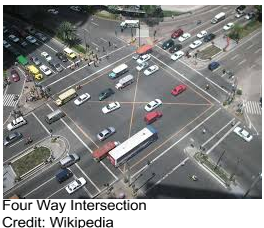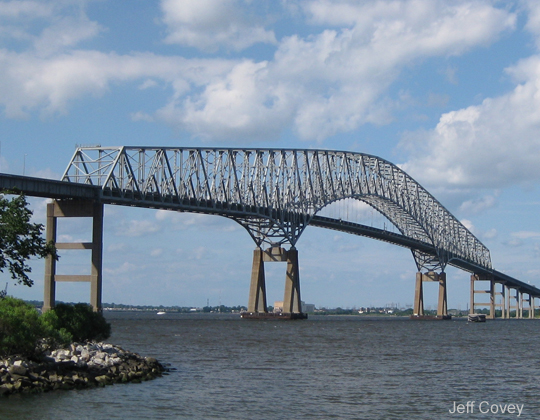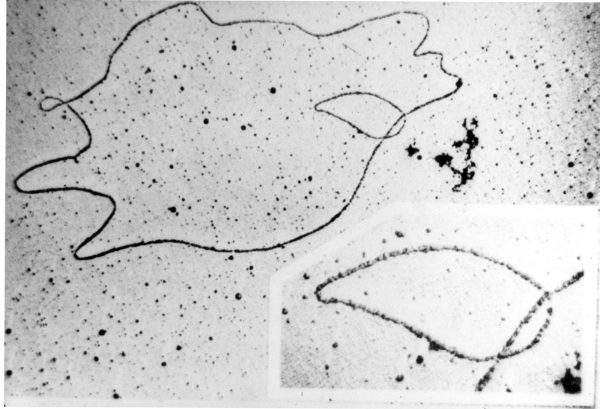Virtual Traffic Lights Could Lower Car Accidents

February 24, 2015
A new innovative project of virtual traffic lights on the windshield of cars could revolutionize car safety, commute, and traffic control.
For most drivers on the road, traffic is a hassle. Not only is it bad when drivers are in a rush, but drivers are inevitably prone to aggressive driving. Aggressive driving not only leads to accidents, but many deaths as well
“Approximately 6,800,000 crashes occur in the United States each year; a substantial number are estimated to be caused by aggressive driving,” stated the National Highway Traffic Safety Administration (NHTSA).
Fortunately, developers and researchers at Carnegie Mellon University developed technology to help resolve these car death statistics. This virtual technology, in theory, has the capability to revolutionize driving as a whole.
“With this technology, traffic lights will be created on demand when [two cars] are trying to cross this intersection, and they will be turned down as soon as we don’t need it,” explained Ozan Tonguz, a Carnegie Mellon University professor of computer and electrical engineering, who assisted in the development of the new technology.
Developers and researchers claim that the virtual traffic lights could decrease the commute times of workers in urban environments by 40%. This is significant considering the crowdedness of most populated cities.
Virtual traffic lights appear on the driver’s dashboard and explain with green and red arrows which direction they can safely travel in, just like with normal traffic lights. But they disappear once the junction has been crossed,” explained CNN.
“When the driver is looking through the windshield, they’ll see that going straight is a green light, and turning right is a red light,” stated Tonguz.
In a way, with this, drivers can worry less about making bad and risky choices while driving.
“It’s a seamless process — the driver does not get involved in this decision making.”
As part of the U.S. government’s vehicle-to-vehicle communication program, these virtual traffic lights use connected vehicle technology. According to CNN, federal regulators will make this mandatory.
“Our solution leverages this capability,” says Tonguz. “Since cars can talk to each other, we can manage the traffic control at intersections without infrastructure-based traffic lights.”
In theory, infrastructure based costs could be decreased in the future after virtual traffic lights are put into effect. This provides only another efficient benefit in more advanced technology.
“It’s almost like we are giving additional life to people,” added Tonguz. “Life that is wasted on the road.”
This project would add to the prosperity of new drivers and experienced drivers alike. But, how long would it take for the project to finally come together?
“I think this technology can hit the market in most large cities around the world within one to two years,” Tonguz told TechNewsWorld. “We are currently looking for partners and investments to implement this technology on a large scale.”
A necessity for the technology is the interest of large companies that would consider buying into the idea. According to Tonguz, the virtual traffic lights can be used for more than just traffic management.
“In addition, it could be used in conjunction with autonomous cars — pursued by Google and several car manufacturers — and congestion pricing, which is used by IBM and several other companies in different countries to mitigate congestion during rush hours,” he said.
Virtual traffic lights might not just be an outcome in revolutionizing today’s driving, but a clear glimpse of what is more to come in the future of virtual technology.











